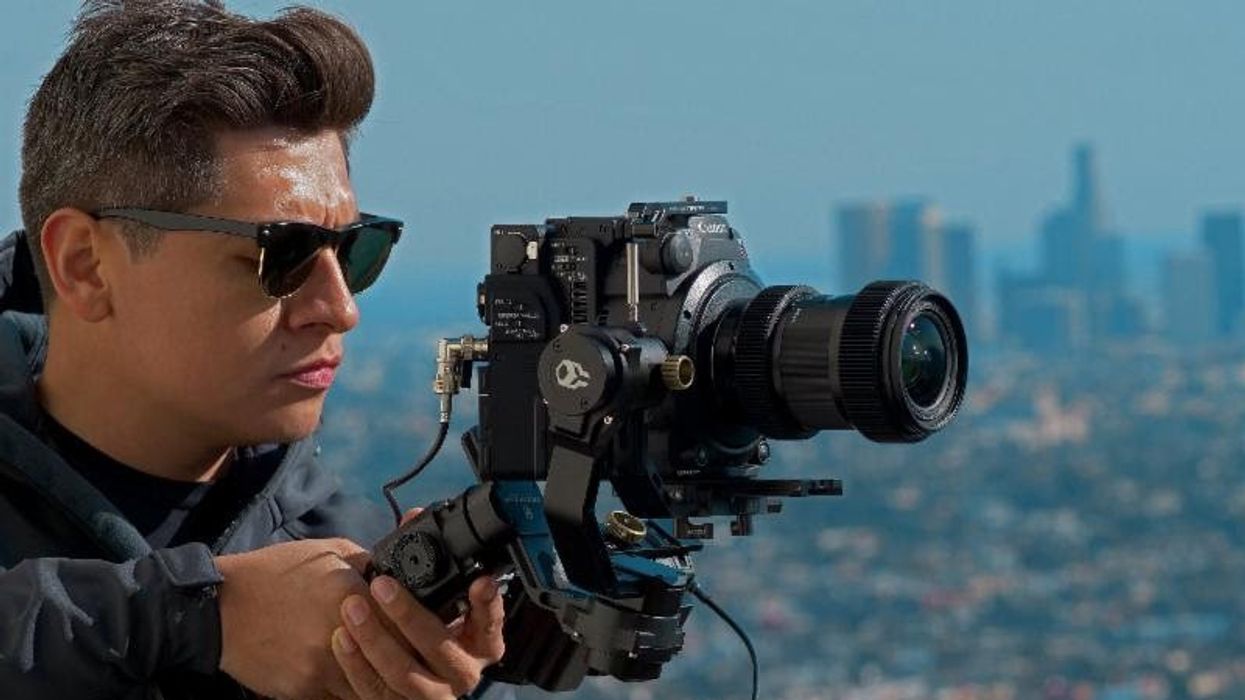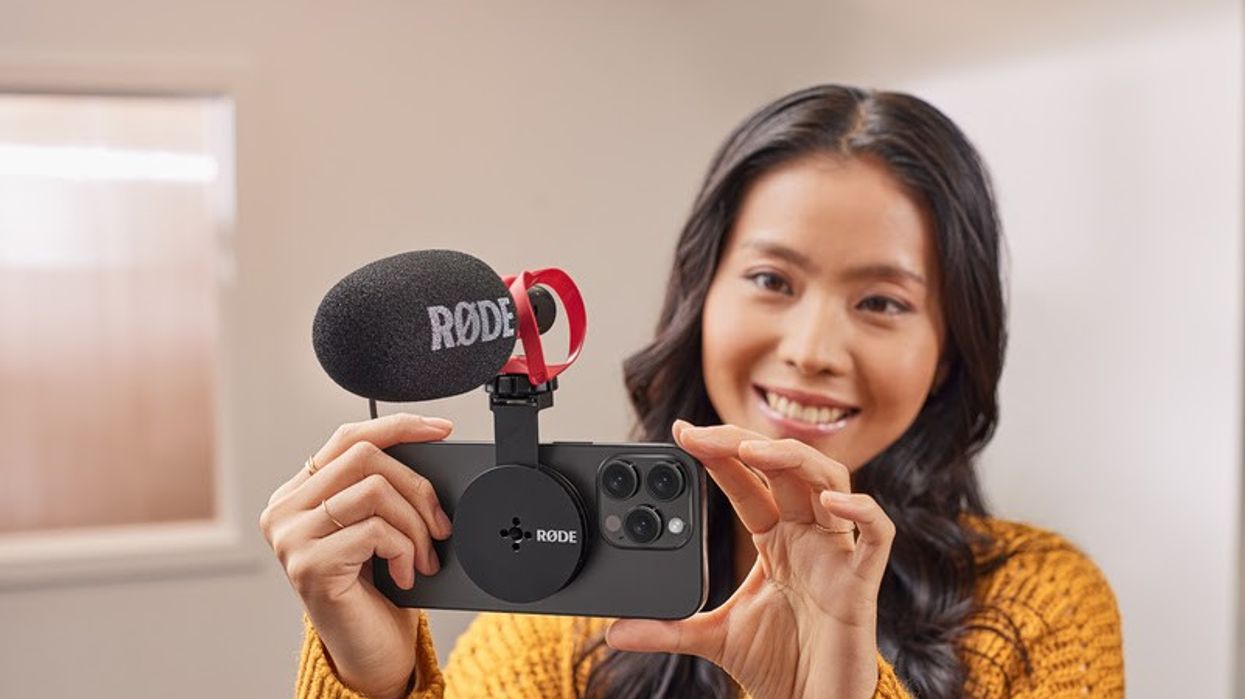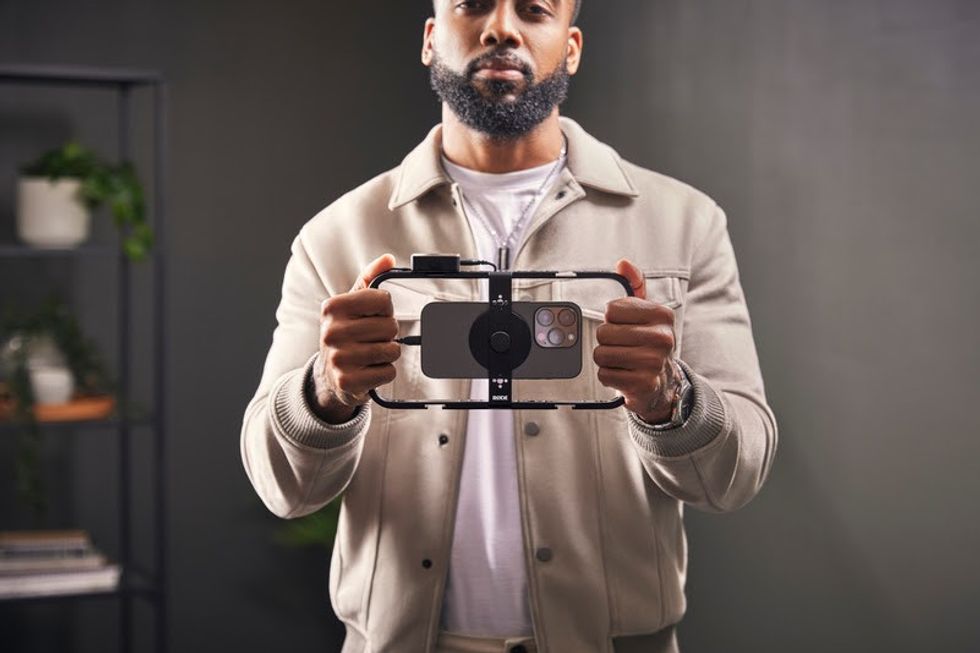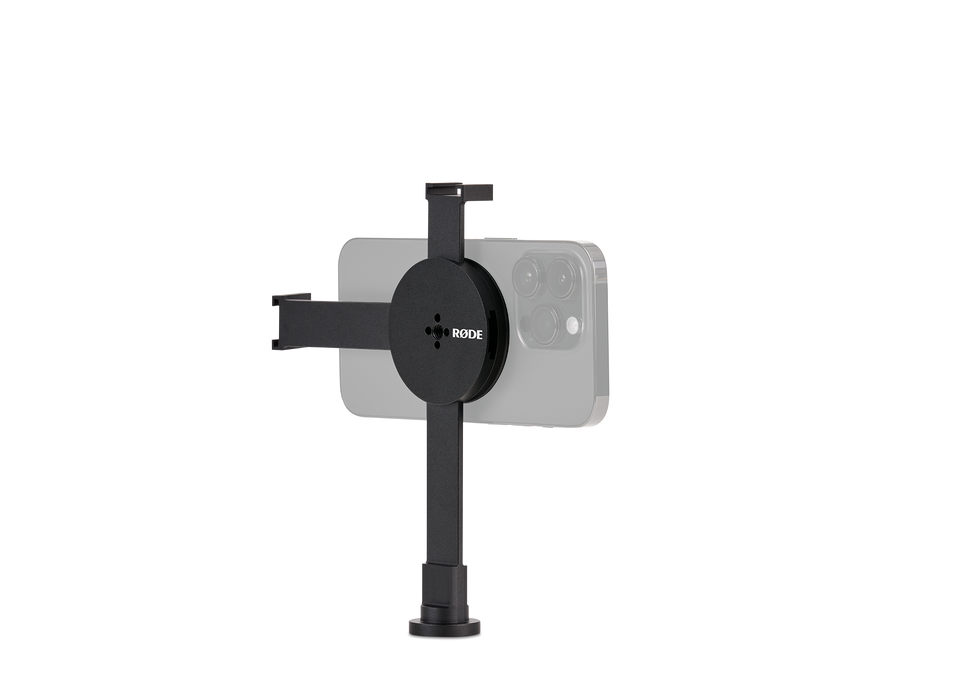Setup Your Shot Faster with Tilta's New G2 and G2X Stabilizers
Tilta brings auto-calibration to the affordable stabilizer market.

Setting up a motorized stabilizer often feels like an arduous task. Even once you've gotten it properly balanced, you still need to set the individual power of each motor so that it's tuned not only to the specific needs of the mounted camera but also to the shot you're attempting. While auto-calibration has been a feature of higher-end models for a while now, Tilta has now brought it into the affordable arena with the new Gravity G2 and G2X stabilizers.
https://www.youtube.com/watch?v=DsrePNfWKUQ
In addition to auto-calibration, the new gimbals have clearly-marked rulers on each of the balance adjustments, making for easy repeatability when rigging the same package (or switching between packages). The combination of those features makes it faster for users to get the camera up and ready to rehearse. You won't be spending as much time in the calibration stages of the process. Also new is the "X" option, which refers to a version with an angled Tilta stabilizer arm. For many cameras where the LCD doesn't flip out, this will offer a clearer view of the monitor to help with operating. It addresses one of the limitations of the original G1, which was that it could be hard (or even impossible) to fit longer camera packages.

The company wants users to make the most of the 8lb payload limit by giving the users the option of working with longer lenses and physically longer bodies. For long setups, it might even be necessary to invert the system so that the motor sits beneath the camera (instead of behind it), but this is a fully supported layout that should allow for more user flexibility.
The G2 system remains backward compatible with earlier generation G1 accessories.
Tilta stabilizers are well known for offering an appealing cost/benefit equation, with features for mounting monitors, lens supports, top arms for the camera, and affordable follow focus, making the company highly competitive in the marketplace. The G2 system remains backward compatible with earlier generation G1 accessories, and it offers a variety of power outputs for accessories like follow focus, wireless video, and larger external monitors.
The Gravity continues to support the "pistol grip that looks like a gun" handle of the design, which is perfectly functional but remains an odd aesthetic choice for the platform. Overall, though, the upgrades—especially the addition of the X variant for larger cameras—will be greatly appreciated.
For more information, be sure to check out Tilta's website here.
Tech Specs
- Maximum Payload = 8 lbs
- Under-slung and Over-slung Operation
- Full 360 degree rotation on Pan and Tilt
- 60 degree rotation on Roll - Left/Right
- Four Distinct User Modes: Pan-Follow Mode , Tilt-Lock Mode aka "Flashlight" mode , Fully-Stabilized Mode aka "Chicken-head" mode , Roll-Lock Mode aka "Dutch-Angle" mode
- Standard Manfrotto Plate, dual screw lockdoown
- (3) 1/4"-20 Screw Holes on the Balancing Plate for Tripod Mounting
- 7-11 cm measuring scale
- 5V MiniUSB out for powering the Nucleus-Nano Motor.
- 14.8V DC input/output for powering your camera and/or camera accessories
- Two Arri Standard Female Rosettes
- Uses (4) Rechargeable 18650 Batteries (Batteries are NOT included)
- 10 hours of battery life
- Calibrate individual G2 and G2X Motor's vis Bluetooth appe
- Torque, Dead Zone, Acceleration, and Speed for your specific needs
- Wireless Timelapse and remote control Function
- Auto Calibration Mode allows the gimbal to sense and configure the motors to your camera packages ideal flight settings
- G2X: The Angled Roll Motor Arm, allowing longer packages and a diversity of LCD viewing angles















